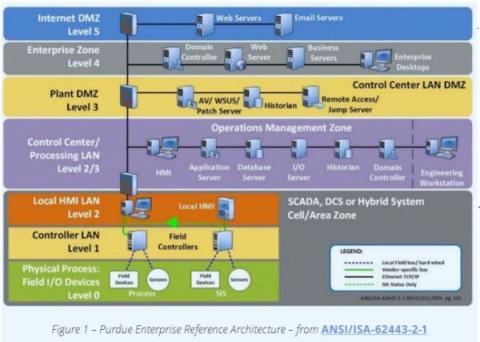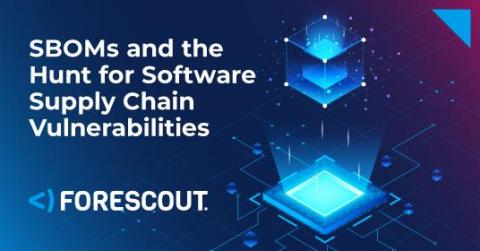Introducing Forescout XDR: Putting the X, D and R Back in XDR
According to a Mandiant survey of 1,350 global business and IT leaders, when trying to secure their networks against cyber threats, nearly all respondents (96%) believe it’s important to understand the threat actors targeting their organizations. That’s hardly a surprise. But then there’s this finding: 79% of respondents say that most of the time, they make decisions about cyberattacks without insights into who could be targeting their organization.








